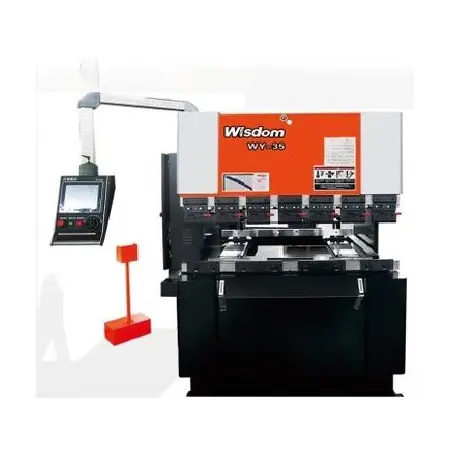Introduce:
Aluminum Composite Panels (ACP) are popular in the construction industry for their durability, versatility and cost-effectiveness. However, when forming and bending aluminum composite panel certain techniques are required to achieve the desired aesthetics. In this blog, we’ll take an in-depth look at the various techniques used to effectively bend aluminum composite panels to ensure excellent results.
Learn about aluminum-plastic panels:
Before we explore bending techniques, let’s have a basic understanding of aluminum composite panels. ACP is a sandwich panel consisting of two thin aluminum sheets bonded to a non-aluminum core material (usually made of polyethylene). This composition gives ACP exceptional strength while being light in weight.
Bending technique:
1. Cold bending: Cold bending is the most commonly used aluminum composite panel bending technique. The technique involves manually bending the panels without applying excessive heat. Cold bending can be done using a variety of tools such as benders, pliers, or even by hand.
2. Hot bending: Hot bending is another popular technique for more complex and precise bending. In this method, heat is applied to specific bending areas, which makes the ACP more flexible. The heated area can then be formed into the desired shape using a jig or other suitable tool. The correct temperature must be maintained during this process to prevent damage to the panels.
3. V-groove: V-groove is a technique used to create clean and sharp bends in ACP. In this method, a V-shaped groove is cut along the bend line, partly through the aluminum layer. This weakens the panel at the desired bend point, making it easier to bend accurately.
4. Milling: Milling is a technique primarily used to create complex shapes or grooves on ACP. The technique involves using a router to trim the core material and partially cut the aluminum sheet along the desired bend line. The partially cut panel can then be bent precisely along the routed groove.
Important considerations:
When bending an aluminum composite panel, certain precautions must be taken to ensure the structural integrity of the panel and minimize any damage:
1. Carefully select the bending technique based on the desired bending angle and complexity.
2. Determine the appropriate bending radius to avoid cracking or deformation of the panel.
3. Do thorough research and practice with scrap panels before attempting to bend the final product.
4. Make sure to wear proper protective gear, such as gloves and goggles, to minimize the risk of injury during bending.
In conclusion:
Curved aluminum composite panels require a balanced approach that considers both the aesthetics of the bend and the structural integrity of the panel. By utilizing techniques such as cold bending, hot bending, V-grooving and milling, the desired shape and design can be achieved while maintaining the strength and durability of the ACP. However, it is important to consider the specific requirements of each project and employ proper bending techniques accordingly. With the right technique and proper precautions, aesthetically pleasing and visually appealing bends in aluminum composite panels can be successfully achieved.
Post time: Aug-22-2023

